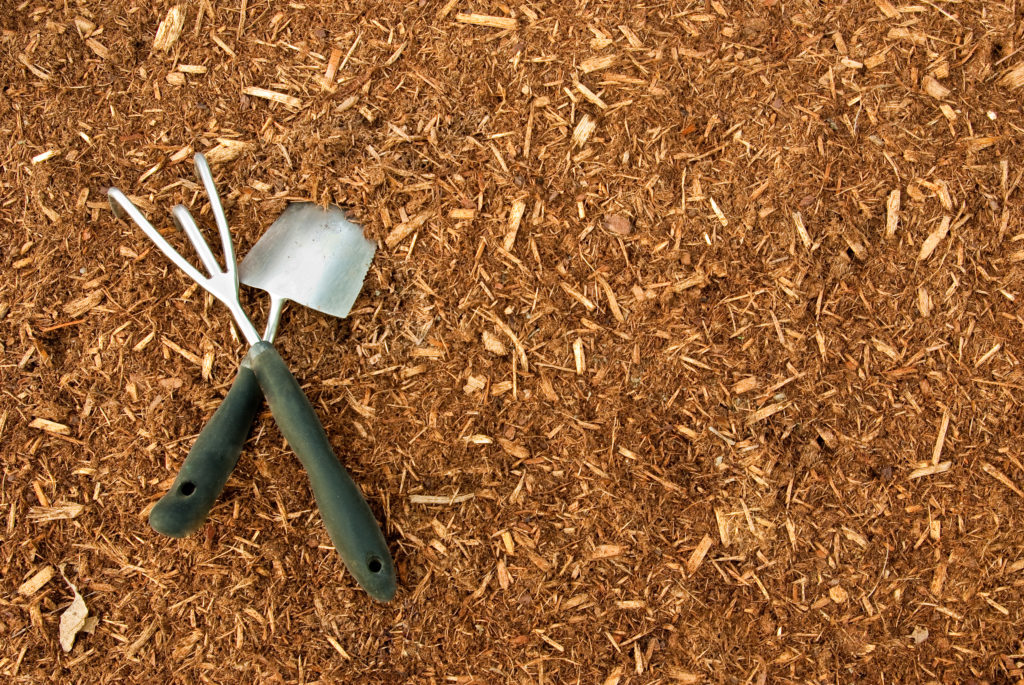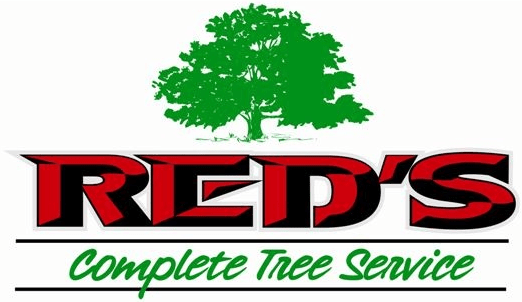Every business owner seeks a beautifully landscaped commercial property, and this includes having nice looking trees. Trees thrive in a natural environment where they receive no intervention. The growing conditions of commercial landscapes are vastly different from what they are use to adapting to. In order to acclimate trees to the less than ideal conditions of urban and suburban landscape, routine maintenance is required. Unfortunately, the wrong type of maintenance can result in permanent damage. Your trees growth and health potential can be diminished by improper care, leading to your property looking unsightly, and losing your investment in the trees.
Your commercial property’s overall curb appeal can be devastated by tree care gone wrong. Some of the most common tree care mistakes on commercial properties are:
Pruning Gone Wrong
The growth and form of a plant is altered by pruning. Less foliage is available to support growth and development when trees are pruned. Removing one large limb can be significant enough to injure a tree permanently, if the removal is done incorrectly. Branches that are prone to failure and dead wood are the results of improper cuts. Pruning is a necessary part of tree ownership on a commercial property.
Knowing when and why to prune a tree is just as important as knowing how to properly execute pruning cuts. Loss of live branches and wound size need to be minimized when trees are pruned. No more than 25% of the crown should be removed, and age and condition of tree should also be considered when determining the extent of pruning to execute. Incorrect pruning cuts can result in an overly dense canopy that will require more maintenance over time. Proper pruning allows more foliage to get sun coverage and helps your trees maintain proper growth.
Too Deep of Planting
A tree that is planted too deep, whether it was planted two months or twenty years ago, is likely to develop root problems. Ample warmth, oxygen, and water is available in shallow soil which is where tree roots thrive. When they are buried too deeply, roots are deprived of these resources and struggle to grow. A girdling root occurs when the roots grow up and back toward the trunk. A girdling root restricts the movement of water and nutrients throughout the tree because it encircles part or all of the trunk.
Where the tree widens at the base, also known as its root flare, it should be slightly above or level with the soil surface when planting. Excavation of the soil around the base of the tree is recommended, if the root flare is not visible on a tree that has already been planted. To minimize injury to the trunk, any girdling roots that are uncovered should be removed carefully. If a tree trunk comes straight out of the ground with no visible root flare, it means that the tree has been planted too deep. Plant trees in a shallow amount of soil so their root system can take shape naturally.
Mulching Gone Overboard

Many people believe that mulch piled high against the trunk of a tree is how mulch is supposed to look, but this is actually over mulching. Also known as volcano mulching, this practice keeps the bark moist and is harmful to the tree’s health because your tree can’t manage the moisture. Wet bark is subject to attack by insects, fungi, and decay because it is not able to tolerate continuous moisture.
To help moderate soil temperatures and conserve moisture without injury to the tree, a simple 3-4” layer of organic mulch should be applied from just off the trunk to the outer dripline. Wood chips are highly recommended. While large piles of mulch around the trunk of the tree are aesthetically pleasing, they are a real threat to the tree’s health.
Machinery and Equipment Damage
The bark and underlying cambium layer of a tree can be irreversibly damaged from the banging, gouging, and scraping done by edgers and lawnmowers. The flow of water and nutrients throughout the tree is impacted by the mechanical damage to the cambium layer, which threatens all vital tree processes. Wood-rotting organisms and fungi can also use the wounded area as an entry point into the tree. The repeated damage done by routine turf maintenance further compounds the problem. The gouges and cuts in the tree’s delicate system can starve them, and put them at risk of dying.
A protective layer of mulch around planting beds and trees will create a visual reminder to keep equipment away, and to facilitate a healthier growing environment. Fencing, tree protection, and guards around the trunk are useful to protecting young trees since they are particularly vulnerable to mechanical damage.
Over And Under Irrigation
A tree’s ability to grow and thrive is dictated by its photosynthesis, which is reduced when trees get too much or too little water. Irrigation systems are a great way to monitor how much water shrubs and trees receive, but these systems are never adjusted to weather or plant needs, which cause more harm than good. The root systems of trees and shrubs are much more extensive than those of turfgrass, so they need to be watered for longer periods of time but less frequently. The optimum time for watering would be right before any stress is observed.
The amount of water used in irrigation should match the prevailing weather conditions and match specific species requirements. The landscape should be designed in a way that watering zones do not include both species that require large amounts of water and those that do not perform well in wet soils. Water from both sprinklers and overhead irrigation should be directed away from direct contact with the leaves and trunk, as this leads to decline and disease.
Having Red’s Tree Service care for your commercial property and its trees will ensure that they get the proper care they need to thrive. Your property’s appearance will improve, as well as the health of your trees. Contact us, the experts in tree care, to tend to all your commercial property needs.
